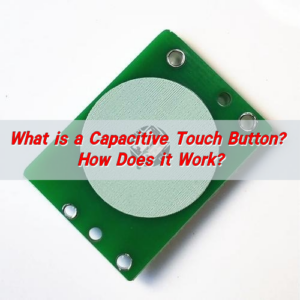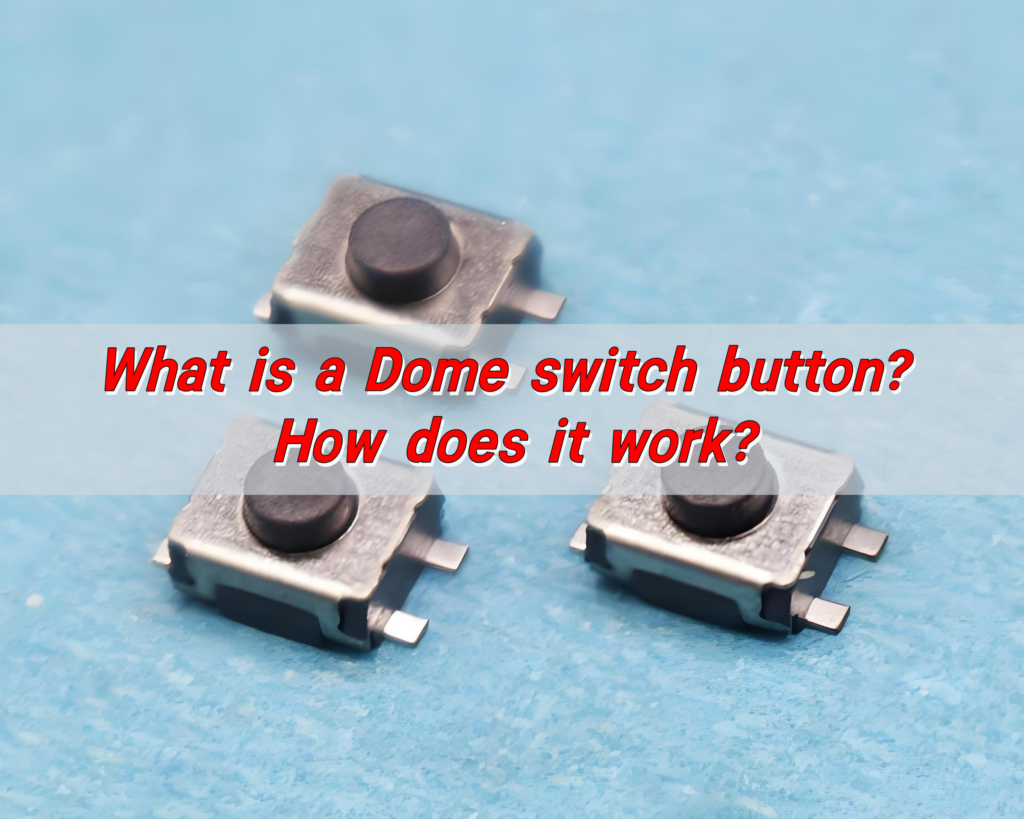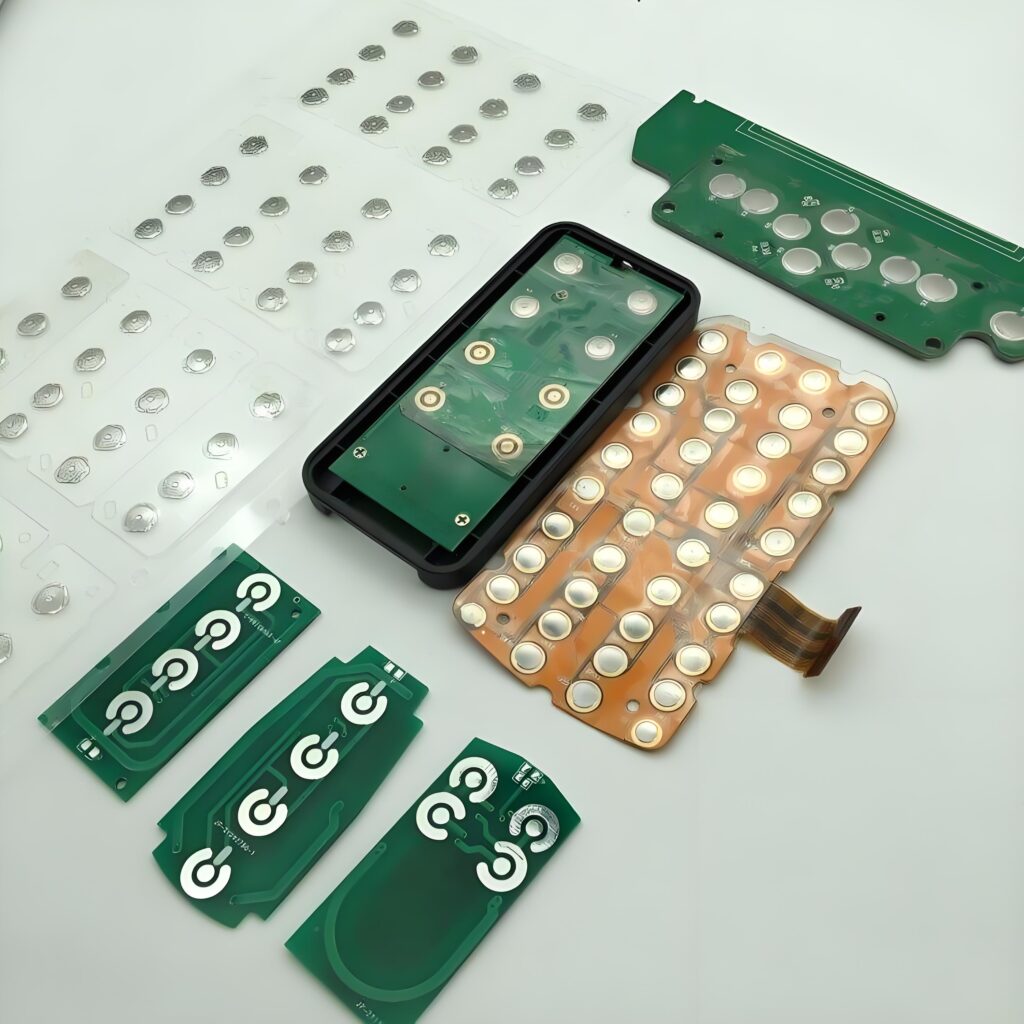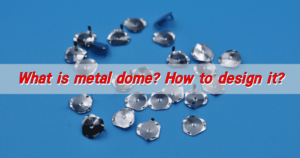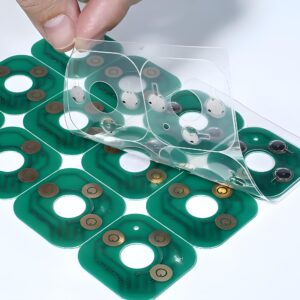The dome switch button is a common electronic component, widely used in membrane keyboards, touch switches and other fields. It is mainly composed of metal dome, upper circuit and lower circuit.
When the button is pressed, the metal dome undergoes elastic deformation, so that the upper circuit contacts the lower circuit, forming a conductive loop to achieve the on-off control of the circuit. This switch button has the advantages of simple structure, low cost, good durability and clear tactile feedback, and is suitable for various electronic devices that require touch control.
How does a dome switch button work?
Dome switch button relies on a metal or polyester dome to create a tactile response. When pressed, the dome collapses, making contact with the circuit board. This completes the electrical circuit and sends a signal. Once released, the dome returns to its original shape.
The click feeling comes from the dome’s structure. This makes it easy to know when the button is activated. Unlike traditional rubber keypads, dome switches offer better precision and feedback. This is why they are common in keypads, remote controls, and medical devices.
Are dome switches good?
Yes! Dome switches are popular for many reasons. They provide excellent tactile feedback, ensuring users feel a clear response when pressing a button. This reduces errors and improves usability.
They are also reliable. Metal dome switches, in particular, can last millions of cycles. This makes them ideal for high-use applications.
Additionally, they allow for customization. Different dome sizes and forces can be used to achieve the desired click feeling. They can also be integrated with backlighting, making them great for dark environments.
Are dome switch keyboards durable?
Dome switch keyboards are designed for everyday use. Their durability depends on the material used. Metal dome switches last much longer than rubber or polyester domes.
Many dome switch keyboards can handle up to 5 million keystrokes. This is enough for years of regular use. However, compared to mechanical keyboards, they may wear out faster.
How to replace switch buttons?
Replacing a dome switch button is straightforward. First, disassemble the device carefully. Locate the faulty switch and remove it using tweezers. If it is a metal dome switch, simply replace the dome and ensure it aligns with the contact points.
For PCB-based dome switches, desoldering may be required. After installing the new switch, reassemble the device and test it. If done correctly, the button should work like new.
What are the different types of dome switches?
Dome switches come in different forms. The most common types include:
Metal Dome Switch: Uses stainless steel for better durability and feedback. Ideal for industrial and medical devices.
Tactile Dome Switch: Designed for a crisp, responsive feel. Common in keypads and gaming controllers.
Dome Switch PCB: Integrated directly onto a printed circuit board. Used in modern electronic designs.
Snap Dome Switch: Provides a strong tactile response with a quick snap action. Often used in remote controls.
Dome Push Button: Larger buttons with dome-based actuation. Used in machinery and emergency systems.
Each type serves different applications. Choosing the right one depends on the required feel, lifespan, and use case.
Metal dome vs. Membrane switch: Which one is better?
Metal Dome Switches offer superior tactile feedback and durability. They last longer and provide a crisp click. These switches are preferred in industries where precision is critical.
Membrane Switches, on the other hand, are softer and quieter. They are used in cost-sensitive applications where feedback is less important. However, they may wear out faster.
If durability and response matter, metal domes are the best choice. They provide a better user experience and higher reliability.
How to choose the right dome switch for your pcb?
Selecting the right dome switch for a PCB depends on several factors. Consider the actuation force. Some applications need a light touch, while others require a firm press.
The dome material is also important. Metal domes last longer and provide better feedback. Polyester domes are cheaper but may wear out sooner.
Size matters too. The dome should fit perfectly onto the PCB. A wrong-sized switch may cause misalignment, affecting performance.
Finally, consider environmental factors. If the device is exposed to moisture, a sealed dome switch is necessary. For handheld electronics, a softer tactile dome may enhance user comfort.
What is the difference between mechanical and dome switches?
Mechanical switches use individual mechanical components for each key. They have a longer lifespan and more customization options. But they are often bulkier and more expensive.
Dome switches, on the other hand, are more compact and cost-effective. They provide good tactile response without the complexity of mechanical parts. They are widely used in everyday devices like remote controls and medical instruments.
For applications requiring extreme durability and customization, mechanical switches are better. But for most consumer electronics, dome switches offer the perfect balance.
Conclusion:
Dome switch buttons play a crucial role in electronics. They provide fast response, reliability, and a satisfying tactile feel. Metal dome switches, in particular, are highly durable and versatile.
For PCB designs, selecting the right dome switch ensures long-term performance. Whether for consumer electronics, medical devices, or industrial use, dome switches deliver a dependable solution.
For high-quality dome switches, contact sales@metal-domes.com. We offer the best solutions tailored to your needs.


